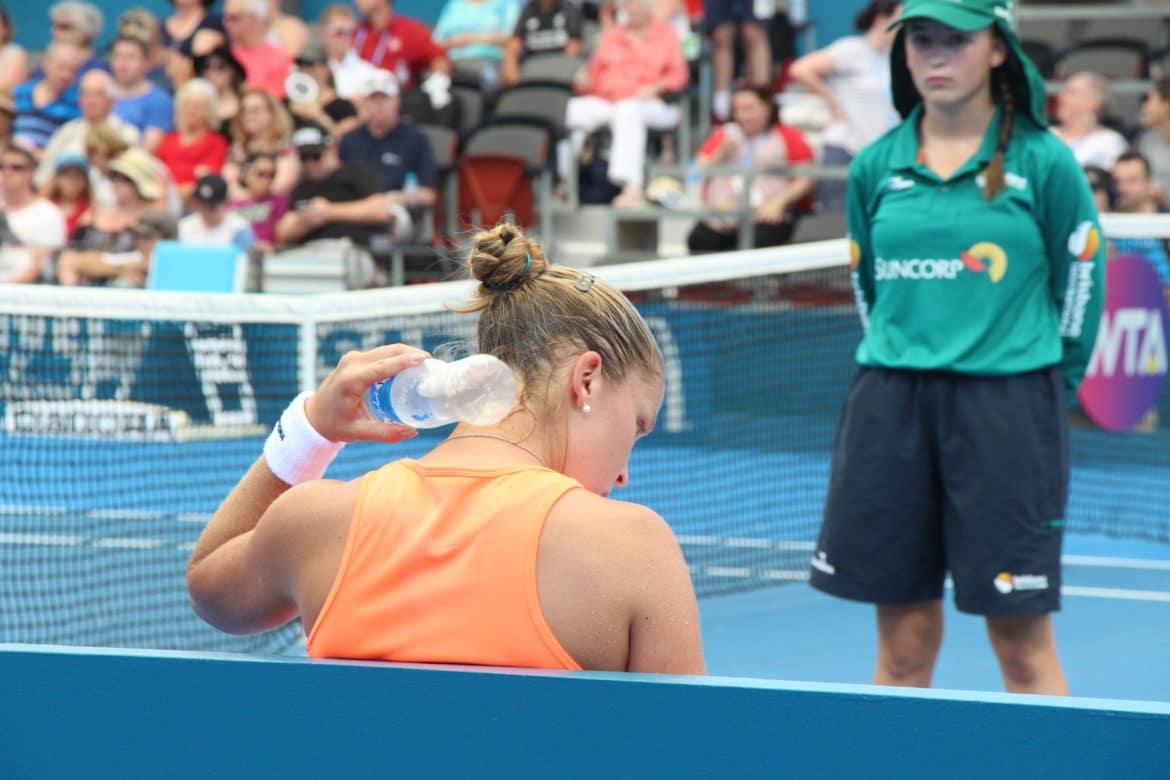If you’ve ever hit the gym really hard or played a particularly excruciating game of tennis, you’ve probably suffered through this nasty workout hangover. Delayed onset muscle soreness, or DOMS if you want to impress your meathead friends, is the muscular pain, stiffness, and soreness you feel 24-48 hours after you worked them, and can last up to ten days. Eccentric muscular contractions, in which the muscle is lengthened while contracting, make you especially susceptible to DOMS.
Now, while DOMS can be extremely painful, it isn’t pathological — it’s just a bunch of muscular micro injuries which, given time, will repair themselves and make you stronger. That being said, I don’t recommend regularly pushing yourself to such extremes where you become so sore the next day that walking up stairs feels like ascending Everest.
However, if you do happen to suffer from DOMS, here are some things you can do:
1.HYDRATE
Hydrating before your workout can help prevent DOMS, and hydrating when you’re hurting can help treat it. You see, stiff muscles aren’t just overworked—they’re thirsty. Dehydrated tissue is hard and dry, but when you down your water bottle or sports drink, some of that water makes its way to the dry tissue, and it regains some of that lost suppleness.
2. ALTERNATE BETWEEN HOT AND COLD TREATMENTS
Personally, I like to begin with an ice bath, but I’m somewhat of a glutton for punishment and I know not everyone can take the chill. Still, it is good to start with something cold, and then alternate between cold and hot, like moving between an ice pack and heating pad every five minutes. This increases blood supply to the affected muscles which, in turn, accelerates the healing process.
3. WEAR COMPRESSION GEAR
Compression gear, like Adidas‘ TechFit tights or Under Armour’s Recharge shirt, gives your body a tight little nylon-elastene hug, increasing the blood supply to all those nutrition-hungry muscles.
4. TAKE AN IBUPROFEN
Will an ibuprofen help repair all those muscular micro injuries? No, but it will help reduce the pain, which will make it easier for you to move, and that will help you heal.
5. MOVE AROUND
If you’re hurting from DOMS, it can be very tempting to spend the day in bed or splayed out on the couch, but it’s important to move around so you can flush out the muscles. At the very least, you need to get up and walk a bit, but I’d recommend some light cardio if you can manage it. Personally, I like to hop on my spin bike and dial the resistance down to zero, and just go nice and easy for 20 minutes. You may have heard this referred to as “active” recovery.
6. STRETCH
Finally, you need to stretch your muscles and work through that stiffness. If it’s your arms that are sore, start by gently moving them in every which way, slowly working towards regaining your full range of motion. Once you start moving and stretching, you’ll start to feel better pretty quickly, but as soon as you stop that stiffness will set right back in. So move as much as you can, but don’t jump back on the court just yet — it may be active recovery, but it’s still recovery.
**Original post: http://doctorerinb.com/new-blog/2016/11/10/5-ways-to-treat-delayed-onset-muscle-soreness
Take control of your recovery: Download Dr. Erin B’s free eBook “The Movement Cure” today!

